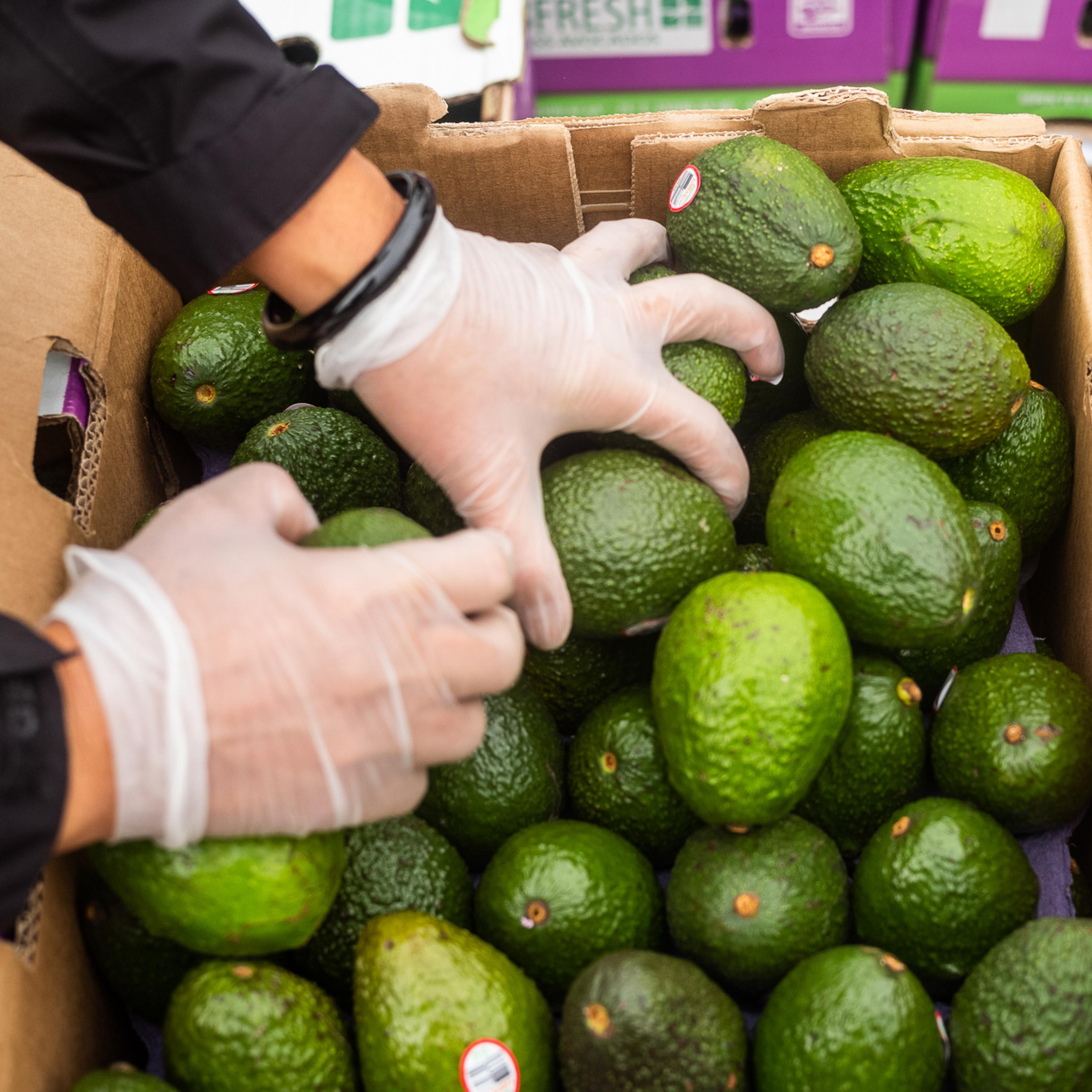When Michelle Liu immigrated from Guangdong, China, to San Francisco in the early ’80s, she thought she would be free from hunger.
However, four decades later, she still struggles to afford food.
Like tens of thousands of families in San Francisco, Liu gets a bag of free groceries from the food bank every week that includes an assortment of vegetables, a carton of eggs and sometimes a jug of milk.
She feels lucky, she says: She wouldn’t know how to feed herself otherwise.


“Everything now is so expensive,” Liu, 65, told The Standard. “I have to save money on everything.”
On a chilly October morning in San Francisco’s Portola neighborhood, it was clear that Asian American seniors comprised the biggest demographic at the food pantry event. Liu, together with other Asian immigrant participants, also showed up to help hand out the groceries.
San Francisco-Marin Food Bank, the primary distributor of free groceries for struggling residents in the city, released its latest data (opens in new tab) showing that 62% of its participants are Asian, and many of them are seniors.
YMCA, a partner with the food bank operating multiple pantry events in San Francisco, also told The Standard that they serve a considerable number of Asian Americans, specifically monolingual Asian seniors.
The Standard previously reported that the pandemic coincided with a huge spike in participation in Chinatown’s free food programs.
Les Tso, a longtime food pantry and social welfare worker, said Asian seniors—especially monolingual immigrants—are often ignored from the public attention and resources because of the “model minority” stereotype (opens in new tab).
“When you go to school and you learn about the model minority and [how] it’s a myth,” Tso said, “they never talk about seniors.”
Tso said many Asian seniors living in San Francisco—unlike those already moved to suburban areas—rely on food banks because they can’t afford to keep their cupboards stocked.

Though U.S. Census data shows that Asian households in the city have a median income of six figures (opens in new tab) and are less likely to fall below the poverty level (opens in new tab), a more granular look at the statistics shows that hunger is an issue for a sizable share of the community. When broken down by age, census data shows that over 10,000 Asians over 65 years old fall below the poverty level (opens in new tab).
Observers also pointed out how surveys about Asian Americans often “downplay social inequities” (opens in new tab) impacting the community.
For example, some studies show (opens in new tab) that Asian Americans are less likely to grapple with financial difficulties during the pandemic compared to other demographic subgroups. However, a Scientific American article (opens in new tab) criticized the survey for having a “gaping lacuna” by being conducted by phone only in English or Spanish.
“[T]hat immediately excludes Asians with low proficiency in English, who, ironically, are likely poor, vulnerable and most in need,” the March 2021 article explained.

Tso mentioned that there’s a stereotype about Asian seniors using the food bank donations to resell for an extra buck. But he batted away the perception, saying doing so wouldn’t make anyone much money anyway. Plus, the food bank has a sign-up system that imposes a quota on how much food each participant gets.
Sui Chi Lau, 73, who lined up on a recent morning to pick up her ration of food bank groceries, told The Standard that the free vegetables help her get through the week—but it’s still not enough.
“Other people can have fresh fish,” Lau said. “I can only afford the dead fish.”
